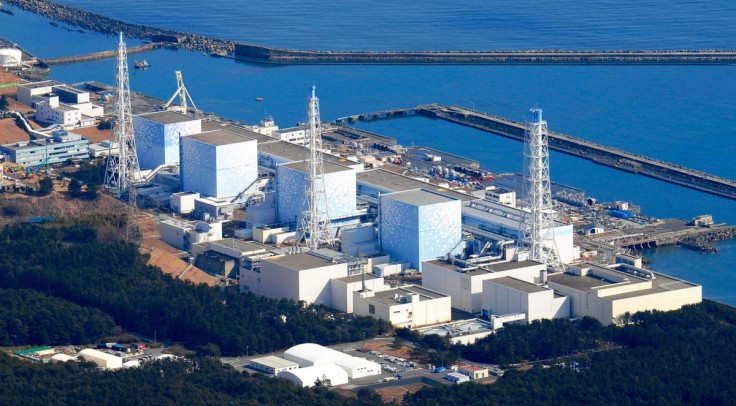Fukushima: Ice wall at nuclear plant turned on to stop radioactive contamination of groundwater

An "ice wall" around the Fukushima Daiichi nuclear power plant has been turned on, Japanese authorities say. The wall will restrict the movement of groundwater, stopping it from becoming contaminated from the leaking facility which suffered a nuclear disaster in 2011.
The project aims to freeze the soil underneath the facility, locking contaminated groundwater inside, and stopping any more water from flowing through and becoming contaminated. The project was completed last month.
The plant is located between the ocean and mountains, so more and more water flows through this ground every day. Estimates suggest that more than 760,000 tonnes of water has been contaminated so far.
Refrigeration pipes have been buried around the power plant, all 30m underground. A refrigerant will be pumped through these pipes to cool the surrounding soil, ultimately freezing it, forming an icy blockade around the facility. It is believed it will be months before the soil is completely frozen.
Water flowing from the mountain will either hit the frozen soil and freeze too – adding to the ice wall's size, or simply flow around it towards the ocean. Any water already contaminated will be isolated inside the wall, and eventually extracted.
The Tokyo Electric Power Co (Tepco) believes all contaminated water will be extracted in four years. "We will bring an end to the problem by 2020," said Yuichi Okamura, from Tepco, told AP earlier this month.
The project aimed to be completed more than a year ago, but construction difficulties and safety concerns had pushed its launch back. All pipes were put into place in February, and the Nuclear Regulation Authority gave the all clear on 30 March.
The project has come under criticism for its large cost and uncertain results. The 35bn yen (£216m, $312m) project is the first to use an ice wall over such a large area, and Tepco accident response official Toshihiro Imai said: "Its effect is still unknown, because the expected outcome is based on simulations."
© Copyright IBTimes 2025. All rights reserved.






















